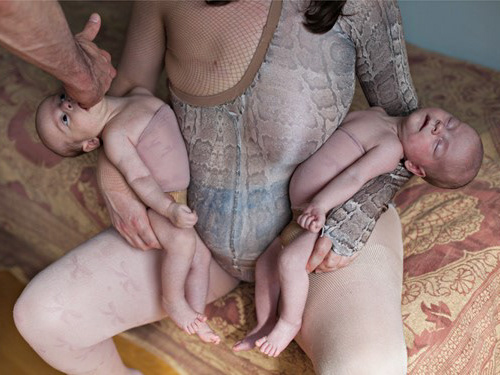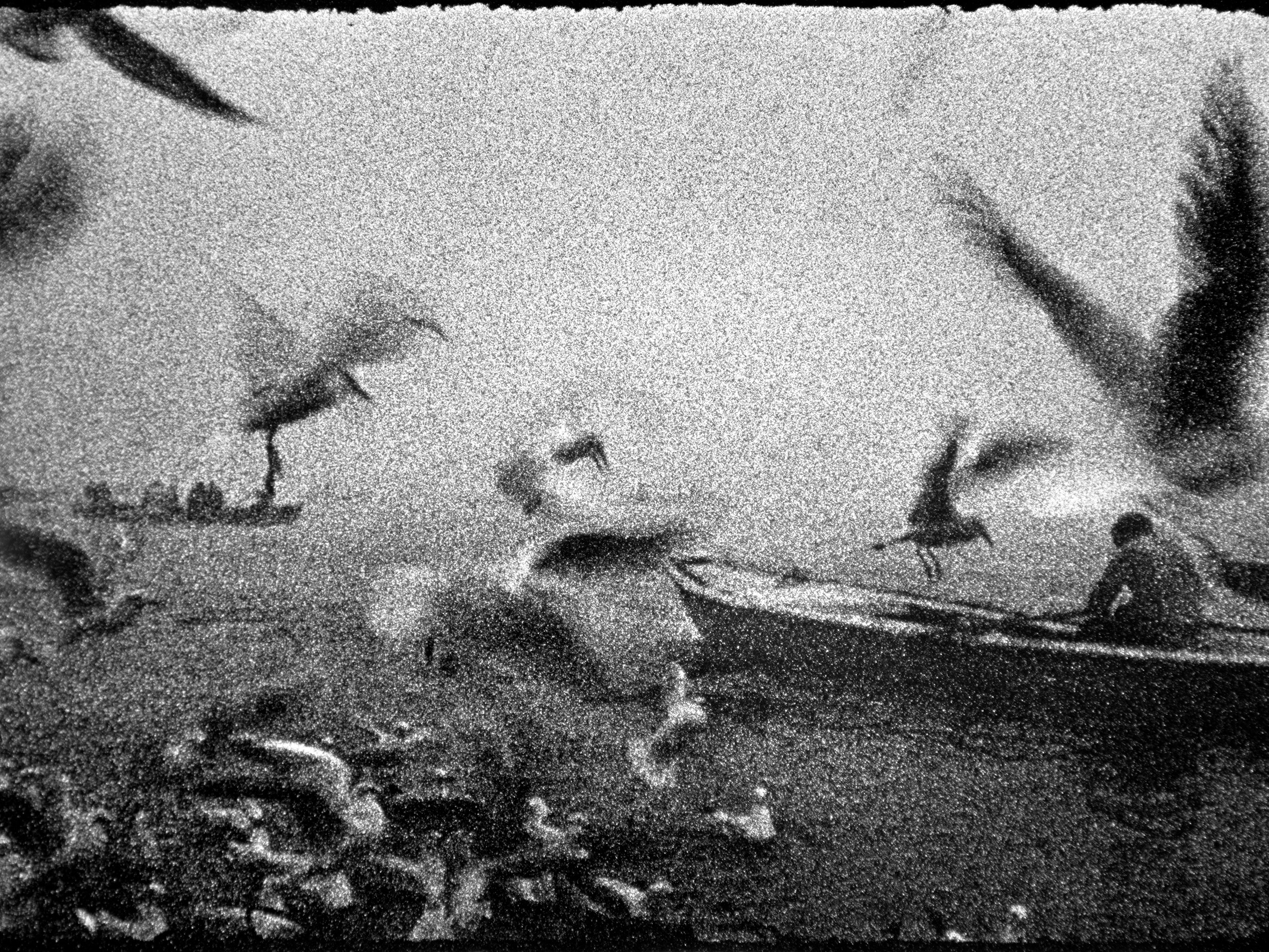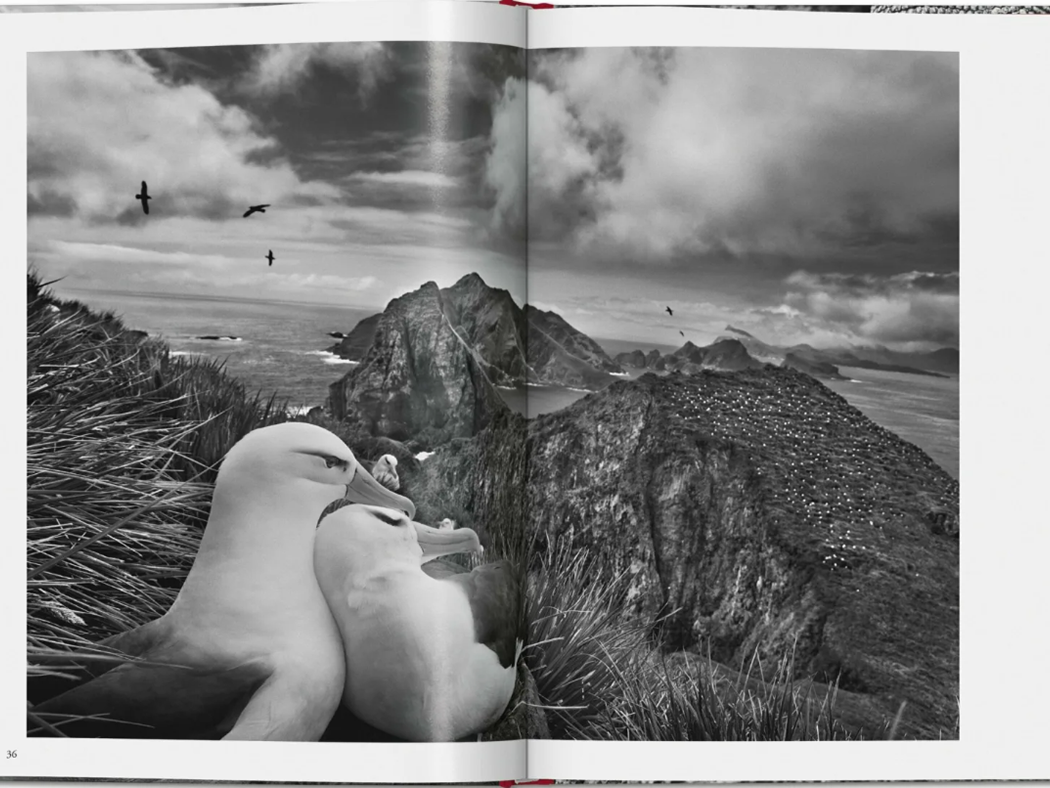There is one thing that photography and religion have in common. At least from my point of view.
And it is nothing other than the search for light from the shadows. It may seem like a trivial reflection, but it is not at all. The fact that you have to search for light in both philosophies makes us feel better. That is, who doesn’t appreciate a photograph where we have exposed the light, thus creating a contrast with the shadows? Masters like José Manuel Navia use this technique in their works.
But from a more philosophical, and less technical perspective, which in the end is what matters in photography (let’s remember that the origin must be an idea), finding the light is like finding a goal in each project, in each reportage. It’s a pleasant feeling that closely resembles the peace that religion can convey to those who are believers and practice it.
The “photographic peace,” a term that just came to me while writing these lines, is nothing other than finding your way in photography. When you find your inner self, you have ideas for your work, and you feel inside that you are starting to do things right and are on the right path.
This photographic peace, or photographic happiness, or whatever term you want to use, is something rare, something we all seek, and it’s really difficult to find. You don’t always get what you want, and it requires a lot of effort. Many are left behind along the way, others haven’t even discovered it or don't know what I’m talking about.
It’s curious, I’ve never been a religious person, not even a believer. It’s the years and bad experiences, along with a greater understanding of the universe we live in, that have made my vision change. Now photography for me is not just pressing the shutter button, but it goes from reflecting and writing my ideas, researching those ideas, reading, and the process ends with the completion of a project, whatever it may be.
In 2022, my father passed away. A disease took him. It was photography that helped me cope with grief before his death. I always say it was my lifeboat. I did a project about my father’s experience, or maybe it was mine, I no longer know. To this day, with the project completed, I am still working on it for its culmination in a book, something he would have liked, without a doubt.
As I say, photography and religion are very similar, perhaps for this reason I felt peace in this work I did. I opened up to photography, almost in the same way a believer opens up to religion, and I let myself go, after a long time of internal struggle about whether what I was doing was right. Photographing a sick person, or even in their last days and beyond, certainly creates moral conflicts. Talking to the person, my father, dispelled all my internal conflicts. It immediately made my work acquire incalculable value for me, and the love for my father grew even greater.
On the day of his death, I didn’t feel pain, only a slight sadness for his departure. I had dissipated much of the pain through photography and my long conversations with him in the Palliative Care room. Of course, there’s nothing in this world that can stop me from remembering him. I miss him every day, but far from being a bad thing, this is good in my opinion.
He will always be alive in my heart.









